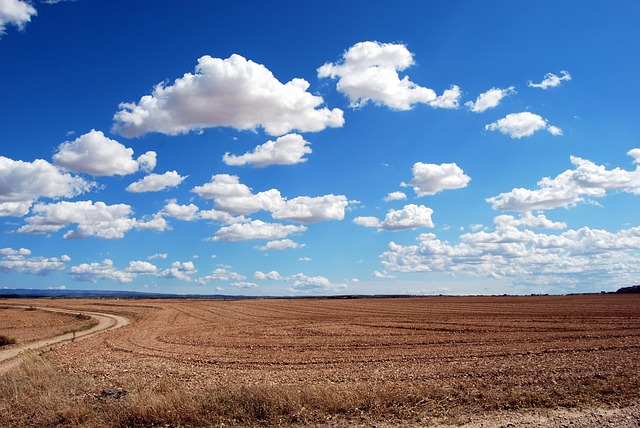Imagine standing at the edge of a vast, parched landscape. The earth is cracked, dry, and seemingly lifeless. It feels like trying to plow through solid rock – an immense, stubborn challenge. This is the harsh reality of desertification, a relentless process turning productive land into desert.
It’s a battle being fought on the front lines of our planet, and it’s intensified dramatically by the accelerating force of climate change. Rising global temperatures disrupt rainfall patterns, leading to longer droughts in some regions and more erratic, intense downpours that wash away precious topsoil in others. This environmental shift stresses ecosystems to their breaking point, making land more vulnerable to degradation.
The consequences of this degradation ripple far beyond the dusty fields. We’re losing vital biodiversity as habitats shrink and disappear. Dust storms, carrying degraded soil across continents, impact air quality and health. Communities that rely on the land for their livelihoods face displacement, food insecurity, and poverty. It’s a vicious cycle where environmental damage feeds social and economic hardship.
But the picture isn’t entirely bleak. Just as a farmer finds the right tools and techniques to work the land, we are discovering and implementing sustainable solutions to push back against desertification. These aren’t quick fixes; they require persistence, much like plowing a difficult field, but they offer hope.
Sustainable land management practices are key. This includes techniques like agroforestry, which integrates trees into farming landscapes to stabilize soil, improve moisture retention, and provide shade. Water harvesting methods, from simple contours to check dams, capture vital rain before it runs off, allowing it to seep into the ground and nourish plants. Restoring degraded areas through planting drought-resistant native species helps bring life back to the soil and prevent further erosion. Shifting to sustainable grazing practices prevents livestock from compacting the soil and stripping vegetation bare.
These efforts require a concerted push – policy changes, community involvement, and significant investment in green infrastructure. It’s about working together, learning from traditional knowledge, and applying modern science to restore the ecological balance. Pushing back against desertification in the era of climate change is perhaps one of the most crucial tasks of our time, demanding sustained effort and commitment to heal the earth, acre by acre.


